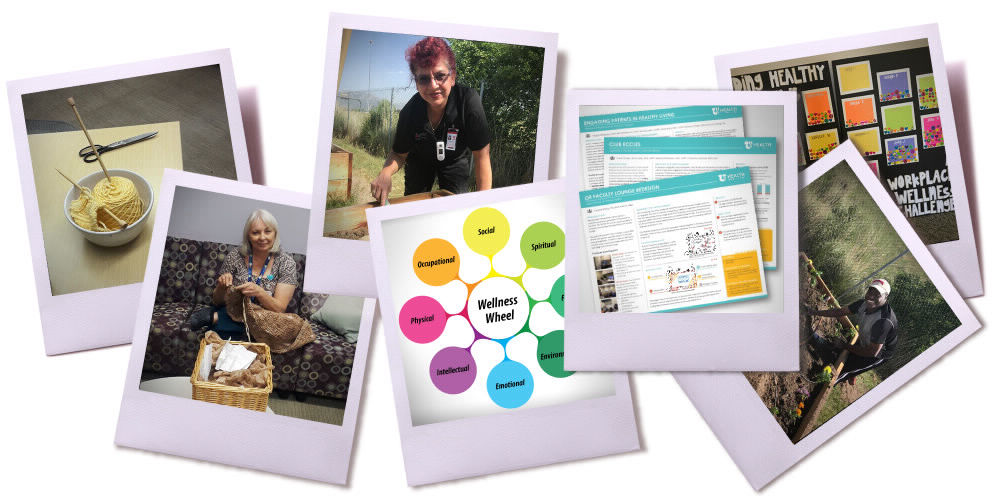#1: Working together to improve engages the team.
What really makes improvement successful is involving the whole team. When it’s thought of from a physician’s standpoint—“We should be responsible for fixing things”—you don’t see the capacity for change. It’s almost impossible for one person to be completely responsible for improvement; everyone who has a stake in the processes you’re trying to change has to be at the table and part of the discussion. Over my career, the projects that have been most successful involved physicians, MAs, office staff... pretty much everybody who’s going to be affected by the change.
For this years round of projects, we recruited teams rather than individual champions: each Wellness Champion project had at least two people planning to work together. The Wellness Champion projects presented a unique opportunity for people to come together on a regular basis to communicate. By focusing on teams, we have involved those who are upstream and downstream.
2018 Wellness Champion Projects Report-out
#2: Improving system issues is a path to wellness.
When you look at the literature for burnout and resilience, many studies focus on individual factors—mindfulness or communication skills, for example. If you look at the causes of burnout and resilience, systems are the root cause. Most experts consider improving the system to be more important than focusing on individual skills and practices. Many physicians will say, “I’m fine when I’m not at work. I’m only burned out when I’m seeing 30 patients a day or making all these workarounds for documentation.”
"Most experts consider improving the system to be more important than focusing on individual skills and practices."
System-based improvements that work include addressing clinic efficiencies, clinic policies, Epic optimization—even something as simple as tapping in/tapping out of computers.
Other system examples include:
- Prescribe medications with a 90-day refill so patients aren’t calling back every 30 days for a refill.
- Receiving labs ahead of a clinic session allows you to make a decision about a person’s medication today, during the first point of care, instead of waiting several days.
- Peer support, team function, sense of control, and workplace flexibility are also important.
- A sense of control over the number of patients you see in one session.
- A sense of respect and collegiality among co-workers.
- A leadership style that creates a sense of empowerment and being heard.
About the poster session
On December 5th, Wellness & Integrative Health’s Resiliency Center, Accelerate, and the Spencer S. Eccles Health Sciences Library presented a Faculty Wellness Poster Session. Each department in the School of Medicine highlighted the past year’s Wellness Champion projects, which were focused on personal resilience, burden reduction, and team work. The poster session demonstrated the work completed so far as the Wellness Champion program is expanded to faculty and staff across U of U Health.
Amy Locke
Medical errors often occur due to system failure, not human failure. Hospitalist Kencee Graves helps explain why we need to evaluate medical error from a system standpoint.
Mindfulness educators Trinh Mai, Jean Whitlock, and Rob Davies guide us through a quick and simple exercise for reducing burnout and increasing well-being by remembering positive experiences and reflection.
Performing a rapid critical appraisal helps evaluate a study for its worth by ensuring validity, meaningful data, and significance to the patient. Contributors Barb Wilson, Mary Jean Austria, and Tallie Casucci share a checklist of questions to complete a rapid critical appraisal efficiently and effectively.
